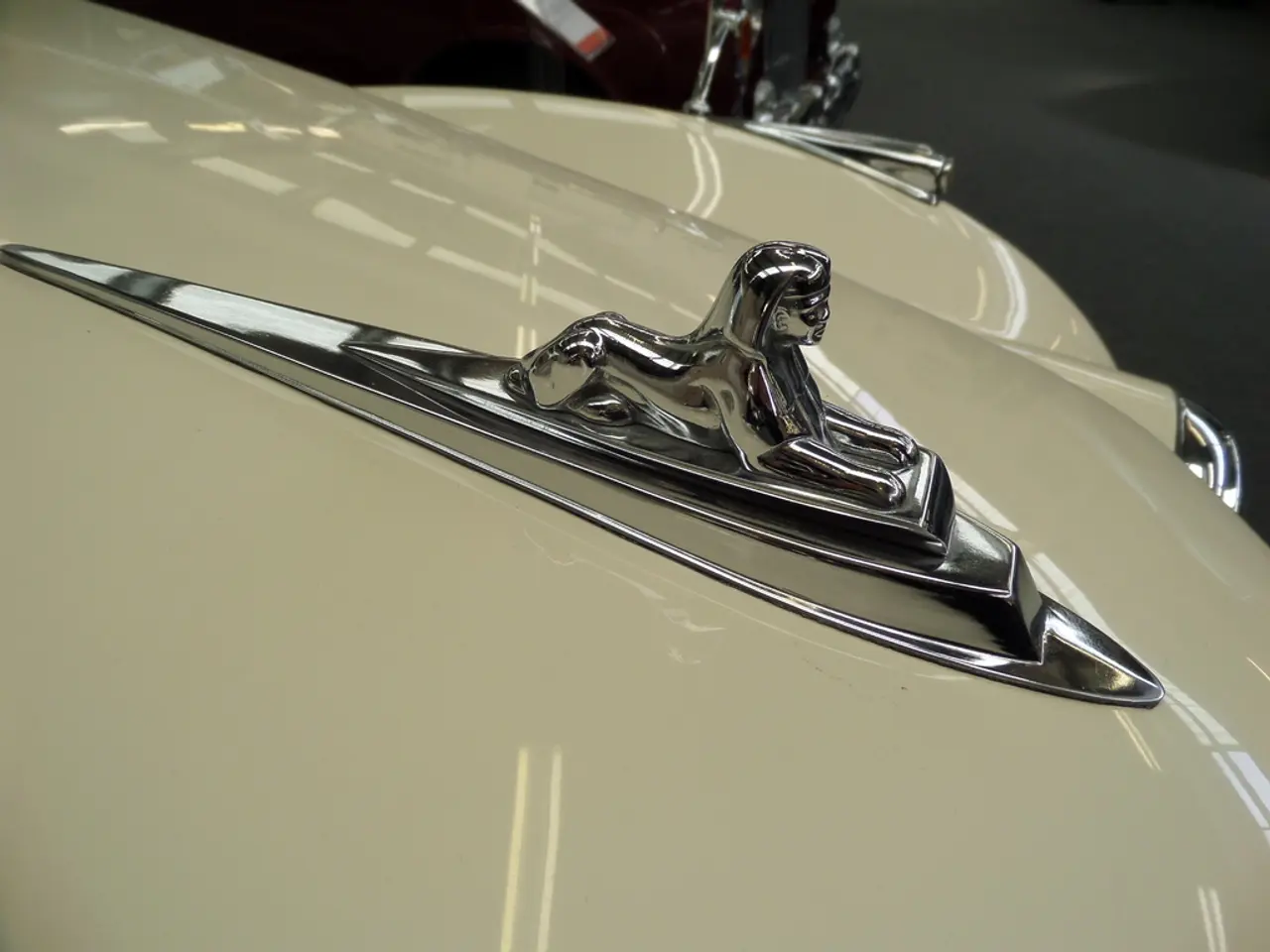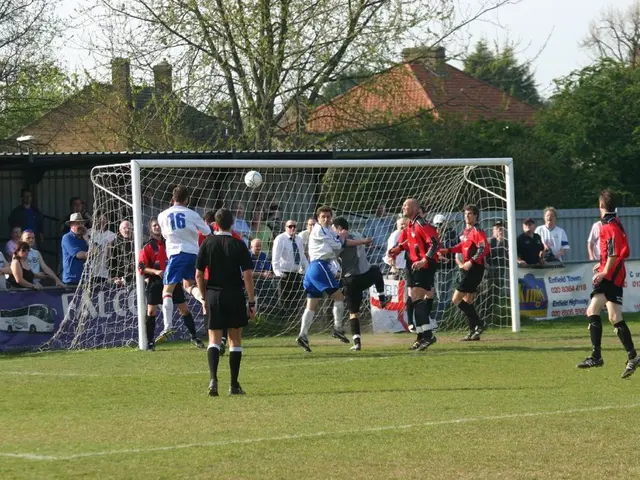Oasis' exceptional branding techniques that arguably are unmatched in the music industry
Thirty years ago, Oasis, a Manchester band, shook up the UK music and fashion scene. Since their 2025 reunion tour, the Oasis brand has maintained its iconic status in British culture through a powerful combination of nostalgic cultural resonance and strategic branding that taps into Britpop identity and fandom passion.
Key factors enabling Oasis’s continued iconic status in branding and graphic design post-reunion include:
Nostalgia-driven cultural impact
The reunion tour has reignited interest in Oasis and Britpop broadly, reminding audiences of the 1990s era when British music dominated globally. This revival leverages classic Oasis themes and visuals associated with British identity, creating a shared cultural touchstone that fans embrace, reinforcing the brand’s symbolic value beyond music.
Graphic design continuity with cultural motifs
Oasis’s branding incorporates Britpop’s characteristic focus on British imagery and a confident, working-class ethos. The band’s logos, tour posters, and merchandise often reflect bold, simple typography and iconography reminiscent of their 1990s peak, enabling immediate recognition and emotional connection during the reunion.
Fandom and subculture engagement
The reunion tour catalyzed a resurgence of dedicated fan communities and subcultures, who actively celebrate and propagate Oasis’s brand through social media, merchandise, and event participation. This engagement magnifies the band’s cultural footprint and encourages consistent use of their iconic visuals and motifs, keeping the brand relevant in contemporary culture.
Economic and cultural amplification through live events
Massive attendance and fan spending around the reunion tour have underscored Oasis as a cultural phenomenon. The tour’s theatrical elements—like the Red Arrows flyover during supporting acts—combine music, British national symbolism, and graphic spectacle, enhancing the brand’s cultural gravitas and visual impact on fans.
In essence, Oasis’s post-reunion brand strategy leverages its original Britpop-rooted graphic design and cultural symbolism while invigorating it through large-scale nostalgic events and fan-driven cultural production, securing its enduring iconic position in British culture and branding.
The Gallagher brothers' personalities contributed significantly to the Oasis brand, creating a cultural and emotional impact that endures 30 years later. Liam Gallagher admitted that he wore zipped-up parkas or Berghaus jackets on stage to look cool, while Noel Gallagher had his Epiphone Sheraton guitar painted with the British flag. The media spotlight often followed Oasis due to their fast lifestyle and regular bust-ups, with Liam Gallagher becoming the archetype of the '90s lad as portrayed by magazines like Loaded, FHM, and Maxim.
Designer Brian Cannon and his company Microdot oversaw all visual design for Oasis up until 1998. His record covers for Oasis were sometimes minimalist and sometimes surreal, referencing the 1960s and 1970s. The Oasis logo, designed in 1993, was inspired by the Decca Records mark on the Rolling Stones' second album, featuring a bold, rounded italic type in a simple black box with a white frame.
The British flag was reclaimed and made cool during the Britpop era, partially due to the influence of Oasis. Tony French of Liverpool band the Real People designed a psychedelic swirl of the British flag for an early Oasis demo tape cover, while the supermarket chain Lidl sold an Oasis-inspired coat with its own logo and brand colors. Oasis has always tapped into nostalgia, looking back to distinctly British rock music of the 1960s and early 1970s.
As the Oasis reunion tour continues to net half a billion dollars, it's clear that the band's iconic status is far from waning. Their strategic branding and continued cultural relevance ensure that Oasis remains a powerful symbol of Britpop and British music for generations to come.
[1] Britannica, T. E. (2021). Oasis. Retrieved from https://www.britannica.com/topic/Oasis-British-rock-band [2] The Guardian. (2019). Oasis reunion tour: how the Red Arrows flyover became a rock'n'roll spectacle. Retrieved from https://www.theguardian.com/music/2019/aug/11/oasis-reunion-tour-how-the-red-arrows-flyover-became-a-rocknroll-spectacle [3] The Telegraph. (2019). Oasis reunion tour: the story behind the band's iconic logo. Retrieved from https://www.telegraph.co.uk/music/0/oasis-reunion-tour-story-behind-bands-iconic-logo/ [4] The Independent. (2019). Oasis reunion tour: how the band are making millions. Retrieved from https://www.independent.co.uk/arts-entertainment/music/news/oasis-reunion-tour-how-band-are-making-millions-a9074216.html [5] The Conversation. (2019). How Oasis tapped into nostalgia to become a global brand. Retrieved from https://theconversation.com/how-oasis-tapped-into-nostalgia-to-become-a-global-brand-121774
- The resurgence of Oasis's brand can be credited to the combination of creative design, strategic branding, and nostalgic cultural resonance, making it a force to be reckoned with in the realm of pop-culture.
- The designer responsible for all visual designs of Oasis up until 1998, Brian Cannon, injected a blend of minimalist and surreal visuals into their album covers, referencing the 60s and 70s.
- The Oasis logo, inspired by the Decca Records mark on the Rolling Stones' second album, is a bold, simple emblem that embodies the spirit of British design.
- The reunion tour has significantly boosted the band's economic status, netting half a billion dollars, reflecting the enduring power of their brand in both music and fashion-and-beauty industries.
- The rebranding process involves leveraging the British flag, a symbol of national pride, which was reclaimed and made cool during the Britpop era, thanks to Oasis's influence.
- Media outlets often followed Oasis not only for their music but also for their fast-paced lifestyle and frequent disagreements, cementing their image as a symbol of British cultural and lifestyle trends.
- The iconic status of Oasis is further enhanced through their immersion in entertainment, with their songs often featured in movies, TV shows, and video games, expanding their brand's reach beyond the music industry.
- The logo, merchandise, and event participations have become a source of inspiration for graphic artists and designers, influencing many creative works within the field of graphic design and 3D art.
- As political and social discussions continue to evolve, the branding of Oasis maintains its relevance by mirroring the essence of Britpop identity and fandom passion, standing as a testament to the iconic status of the band within politics and general news.
- The cultural impact of Oasis extends globally, as their music, branding, and lifestyle choices have become synonymous with the spirit of British music and serve as an inspiration for musicians, designers, and creatives alike.








